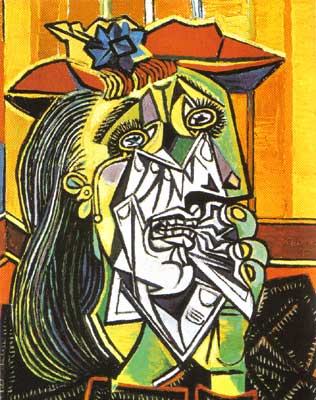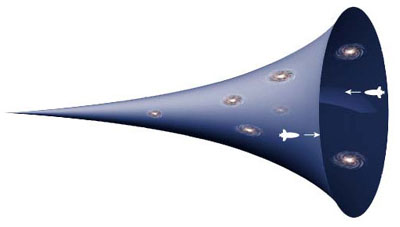Dave, William,
It's interesting to note, given the bassoon vs horn comments, that in the final movement of the fifth, leading into bar 318, that Maestro Ludwig writes the bassoons in unison (FF) and then answers the phrase with unison horns (p) reversing the almost expected trend of building from Bsns to Hns (with the assumption that horns can blow the socks off the bassoons in terms of power, and bassoons, given they're tonally comfortable with both woodwinds and horns, provide a natural role as a transitional instrument in this context), and this device sounds powerful. (in the context of the wider passage, given the FF Tutti accented crotchets in the previous 6 bars.).) Then in bar 335, he uses the Contrabassoon with octaved Strings to state the first phrase, then answers again Hns(p) this time accompanied by the Oboe and piccolo.
My point is, i wonder if the Maestro was limited by the more primitive structure of the horns of the time, to the extent that is being implied. And i'm not sure the Bassoons are as weak as some may think. As those here, who are fortunate enough to play the french horn will know, the harmonic scale gives the Eb horn in particular quite some latitude for melodic invention. And given the usual number of bassoons in an orchestra of the time, balanced with generally reduced numbers in other sections, i wonder if we aren't approaching this from a larger modern orchestra perspective. Having played the fifth more than once, i've noticed that bassoon players can overblow this particular phase in some sort of attempt to bolster the balance between the preceding profound phrase and the following horns, and i'm not sure they need to given the 'solo' perspective of this particular phrase.
All this of course in the context of the orchestral size, musical form and structure, and 'acceptability' of the time.
Dave, thanks for the insight from your tutors, (and theirs). I've not considered the Bassoons to be particularly weak in the phrase mentioned, but then i used to sit next to the noisy chaps, so maybe i'm suffering from selective double reed deafness, brought on by a desire to turn a 'blind ear' from time to time!
Thoroughly interesting discussion among the intelligentsia! [:)]
Regards,
Alex.
It's interesting to note, given the bassoon vs horn comments, that in the final movement of the fifth, leading into bar 318, that Maestro Ludwig writes the bassoons in unison (FF) and then answers the phrase with unison horns (p) reversing the almost expected trend of building from Bsns to Hns (with the assumption that horns can blow the socks off the bassoons in terms of power, and bassoons, given they're tonally comfortable with both woodwinds and horns, provide a natural role as a transitional instrument in this context), and this device sounds powerful. (in the context of the wider passage, given the FF Tutti accented crotchets in the previous 6 bars.).) Then in bar 335, he uses the Contrabassoon with octaved Strings to state the first phrase, then answers again Hns(p) this time accompanied by the Oboe and piccolo.
My point is, i wonder if the Maestro was limited by the more primitive structure of the horns of the time, to the extent that is being implied. And i'm not sure the Bassoons are as weak as some may think. As those here, who are fortunate enough to play the french horn will know, the harmonic scale gives the Eb horn in particular quite some latitude for melodic invention. And given the usual number of bassoons in an orchestra of the time, balanced with generally reduced numbers in other sections, i wonder if we aren't approaching this from a larger modern orchestra perspective. Having played the fifth more than once, i've noticed that bassoon players can overblow this particular phase in some sort of attempt to bolster the balance between the preceding profound phrase and the following horns, and i'm not sure they need to given the 'solo' perspective of this particular phrase.
All this of course in the context of the orchestral size, musical form and structure, and 'acceptability' of the time.
Dave, thanks for the insight from your tutors, (and theirs). I've not considered the Bassoons to be particularly weak in the phrase mentioned, but then i used to sit next to the noisy chaps, so maybe i'm suffering from selective double reed deafness, brought on by a desire to turn a 'blind ear' from time to time!
Thoroughly interesting discussion among the intelligentsia! [:)]
Regards,
Alex.
 http://webexhibits.org/colorart/i/michelangelo-creation-adam-.jpg">
http://webexhibits.org/colorart/i/michelangelo-creation-adam-.jpg">








